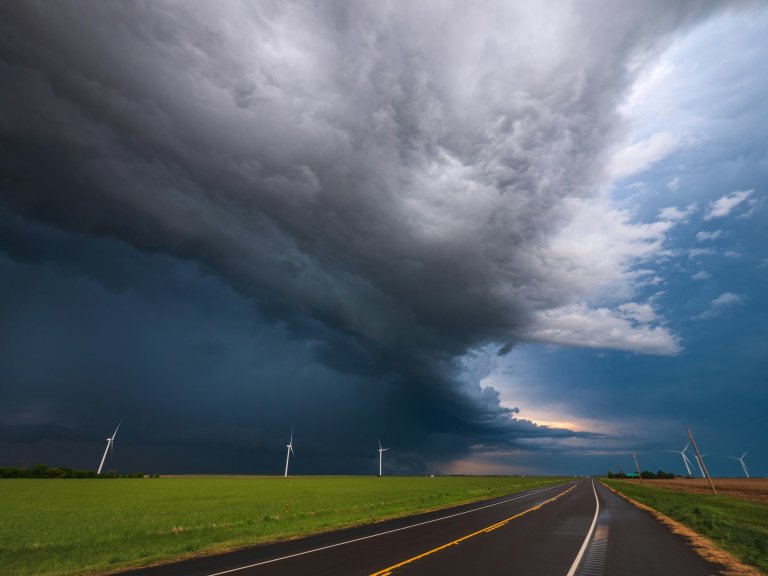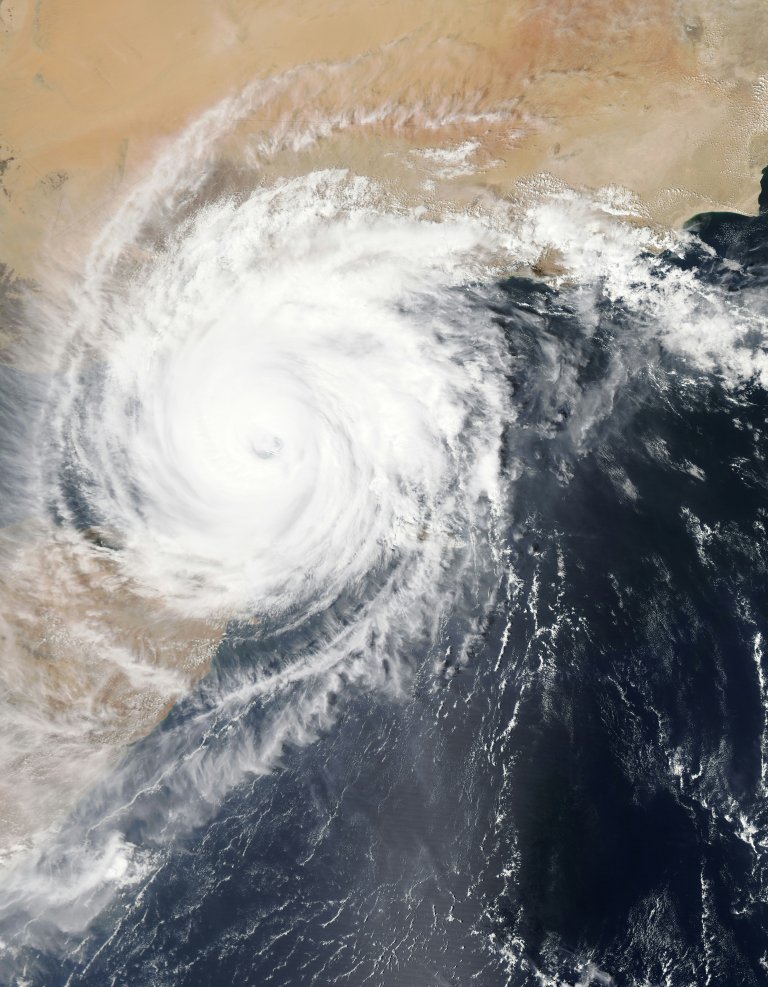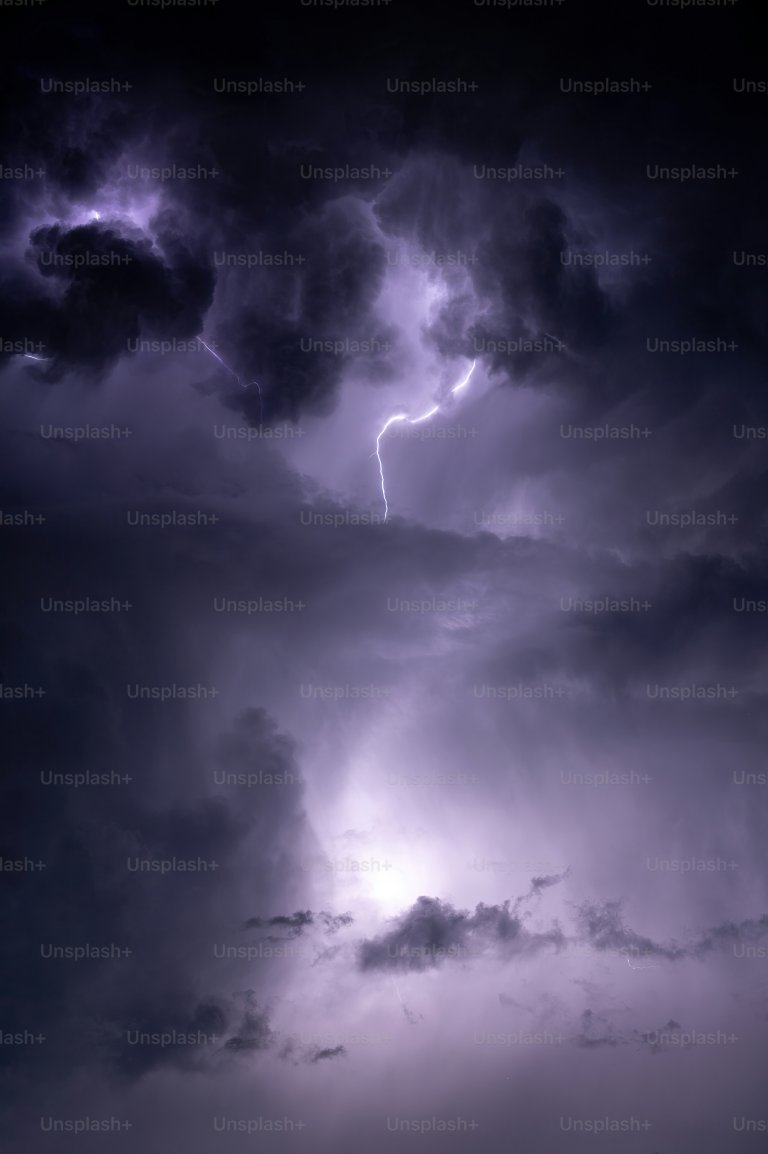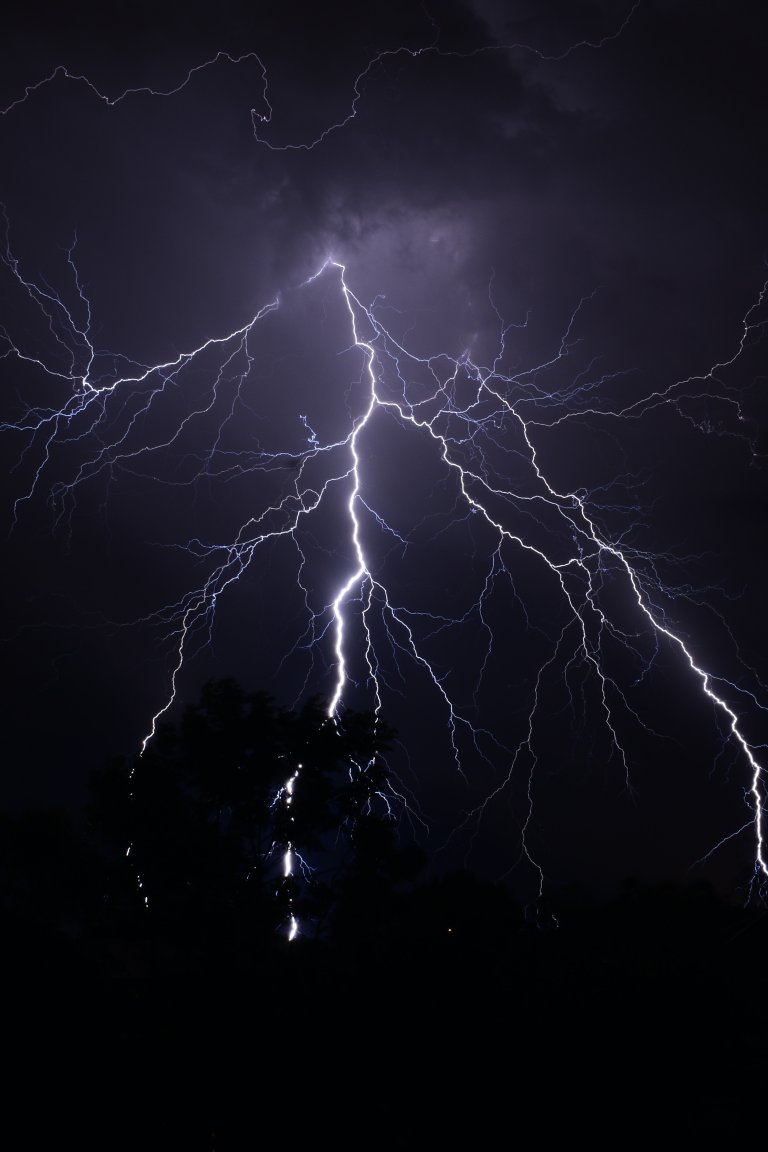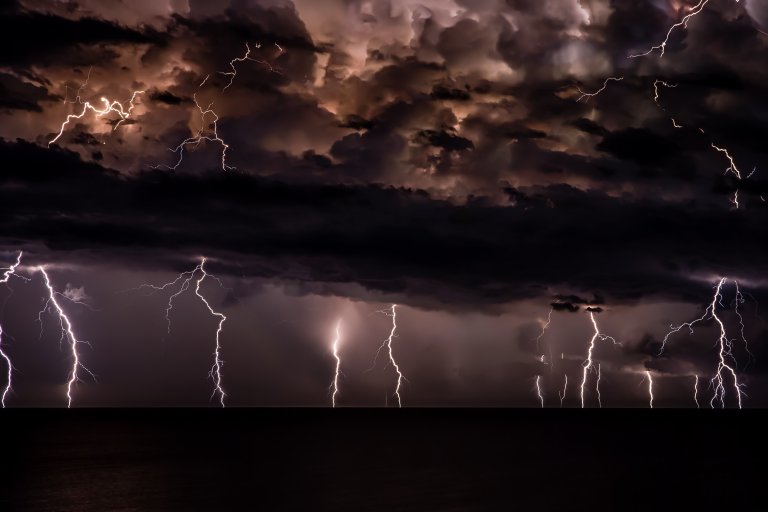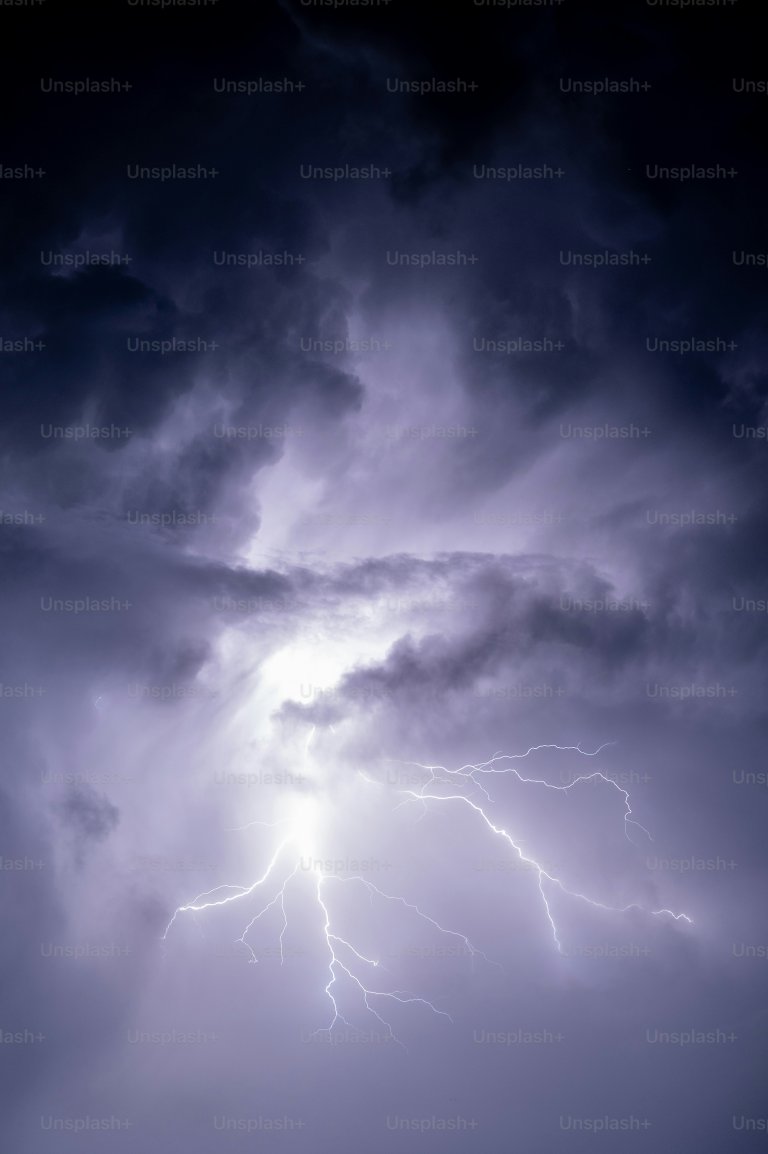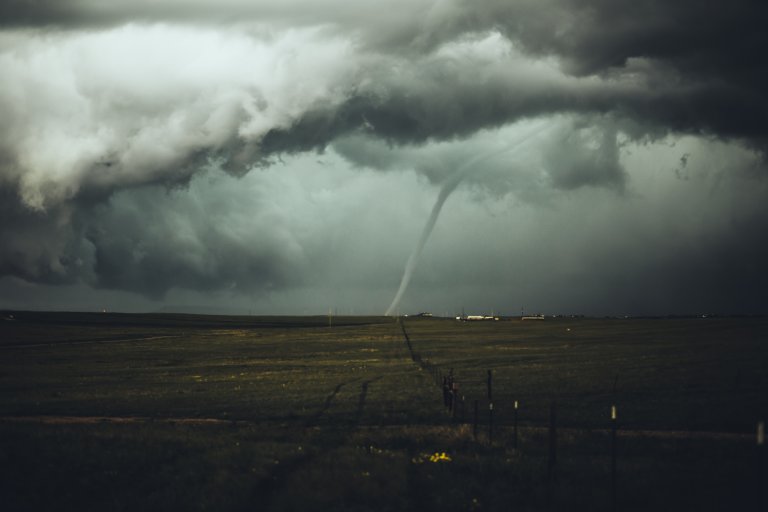The Insightful Map of the USA
The United States of America, a vast and diverse nation that covers over 3.8 million square miles, is often referred to as the "land of opportunities". It is a country that has been shaped by immigrants, wars, economic growth, and cultural diversity. One of the most powerful and visual representations of this fascinating nation is its map.
The Geographical Diversity
The map of the USA showcases its wide range of geographical features, offering insight into the land's rich diversity. The country is made up of 50 states, each with its unique topography, climate, and landscape. From the snow-capped Rocky Mountains in the west, to the dense forests in the northeast, to the sunny beaches in the southeast, the map beautifully captures the varied terrain of the USA.
The Great Plains, geographically located in the center of the country, is an extensive and flat region that is primarily used for agriculture. The map highlights this vast expanse of land, known as the "heartland" of America, and the importance of agriculture as a vital part of the nation's economy.
The map also showcases the five Great Lakes, located on the northern border of the country. These lakes, the largest being Lake Superior, provide fresh water and have played a crucial role in the development of the industrial economy of the USA.
The Political Divide
The map of the USA also serves as a visual representation of the country's political landscape. It is divided into 50 states, each with its own laws, government, and political ideologies. The map is usually color-coded to show the political affiliation of each state, with blue representing Democratic states and red representing Republican states.
The political divide is also evident in the electoral college system, which is used to elect the President of the United States. The map depicts this by showing the number of electoral votes for each state, with bigger states having a higher number of votes. This highlights the significance of the "battleground states" in presidential elections, as they hold the power to sway the outcome of the election.
The Cultural Melting Pot
The map of the USA is a reflection of the country's cultural diversity. With a population of over 330 million people, the USA is home to people from various ethnicities, cultures, religions, and backgrounds. This melting pot of cultures is beautifully portrayed on the map, with cities like New York, Los Angeles, and Miami being labeled as hubs of diversity.
Thanks to immigration, the USA has a rich and diverse history, and the map showcases this by highlighting the major cities that were founded by immigrants, such as New Orleans, San Francisco, and Boston. These cities not only have a unique culture and cuisine, but they also have different architectural styles that are a reflection of the people who settled there.
The Infrastructure
The map of the USA tells us a great deal about the country's infrastructure. The interstate highway system, with its over 46,000 miles of roads, connects every state and is a testament to the country's strong transportation system. The map showcases this network of roads, providing insight into the vastness and accessibility of the country.
Along with highways, the map also highlights major airports, ports, and railway systems, demonstrating the country's interconnectivity and its importance in global trade and commerce.
The Economic Powerhouse
The map of the USA is also a reflection of its economic power. With the largest economy in the world, the USA's map shows the influence it has on the global economy. The majority of the nation's wealth is concentrated in the Northeast and West Coast, represented by the states of New York, California, and Texas.
The map also showcases the major industries and resources of each state, with states like Alaska for oil, California for technology, and Michigan for automobiles. This provides insight into how the country's economy is diversified, with different states contributing to its growth and success.
The Land of Opportunities
The map of the USA tells us that it is a nation filled with opportunities. With its vast size, diverse population, strong economy, and rich cultural heritage, the USA continues to attract people from all over the world. The map is a constant reminder of the "American Dream", where anyone can achieve success and prosperity through hard work and determination.
In conclusion, the map of the USA is not just an ordinary depiction of boundaries and geographic features. It is an insightful tool that offers a glimpse into the history, politics, culture, economics, and opportunities of this great nation. As the country continues to evolve and grow, the map will continue to be a powerful representation of the United States of America.
